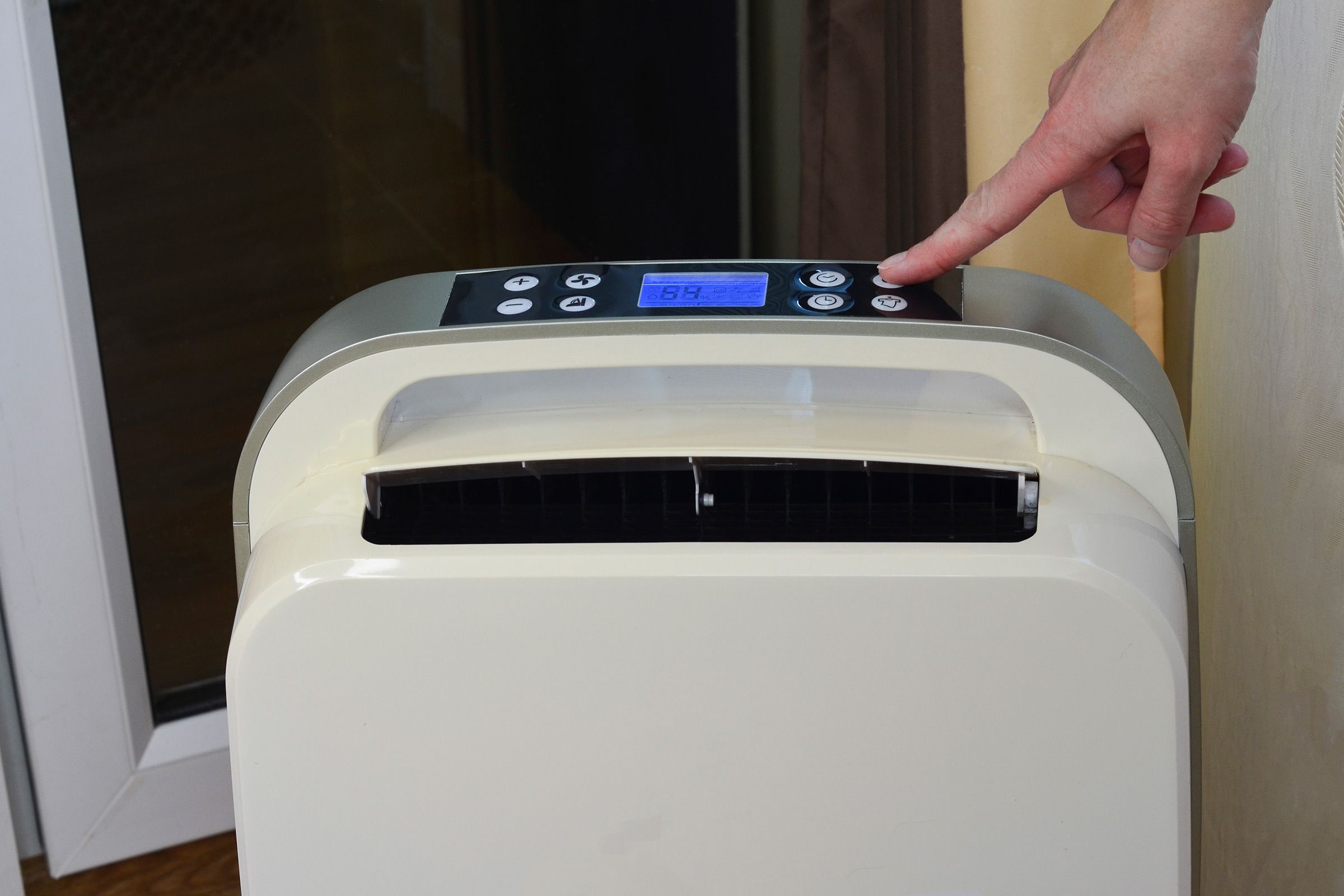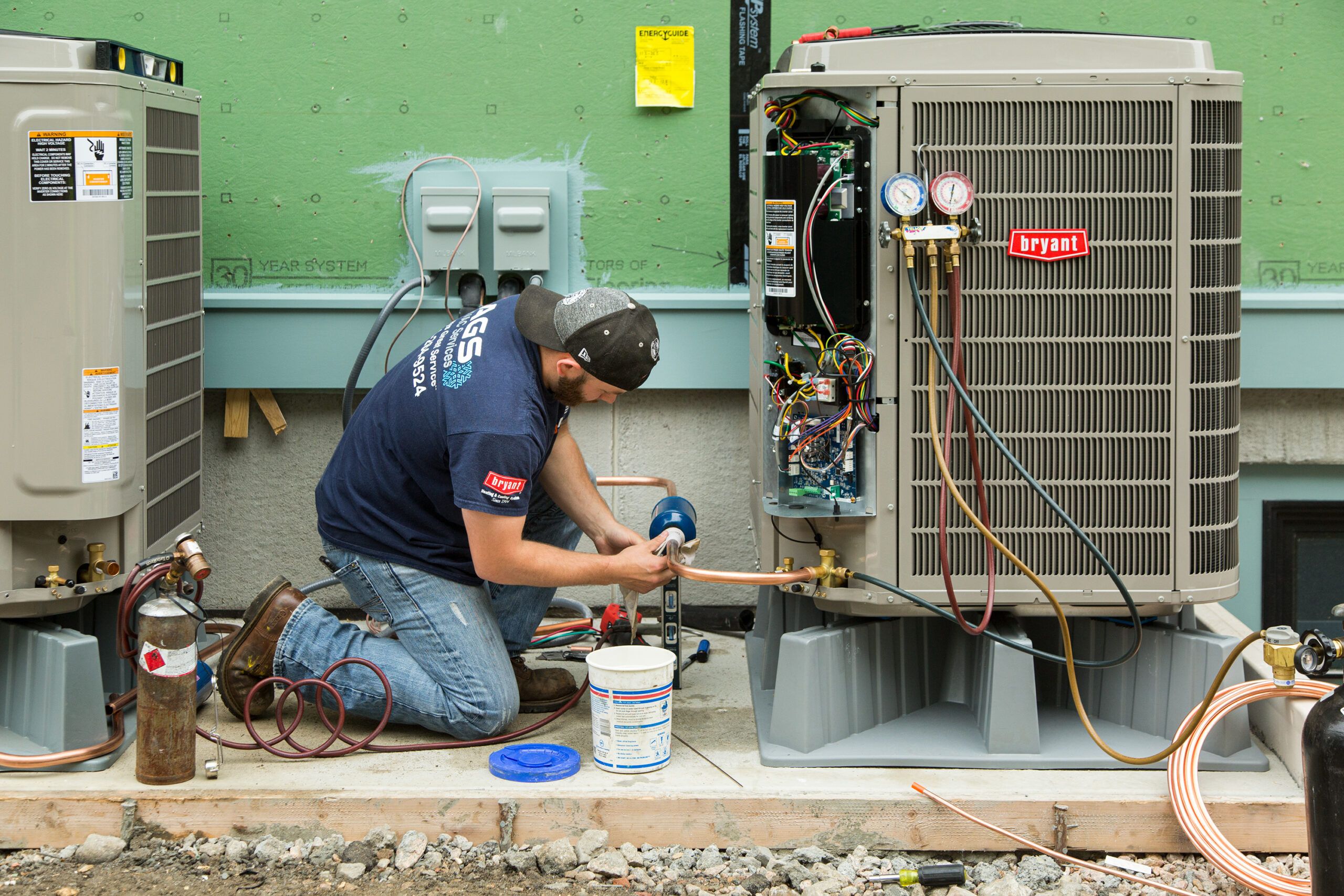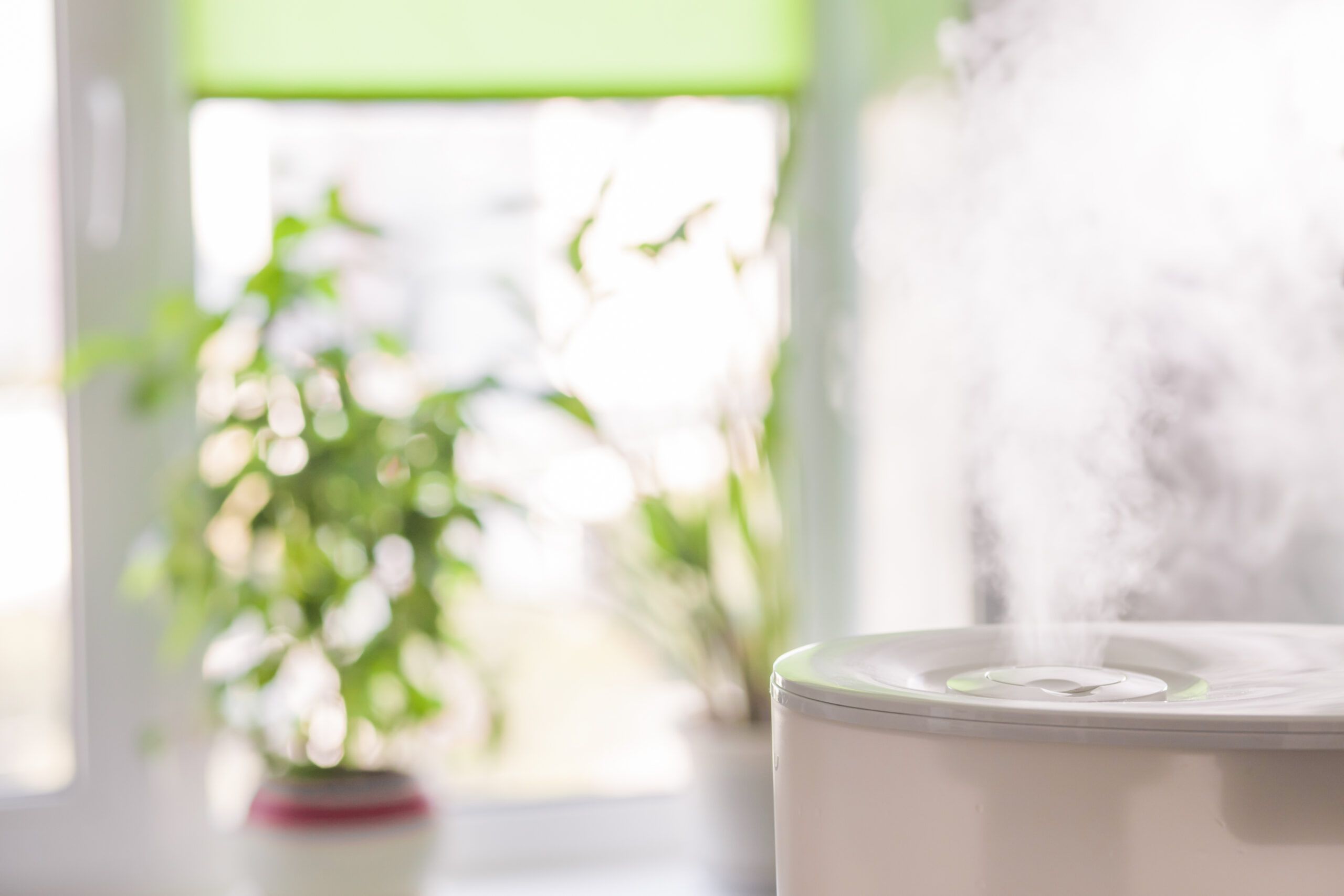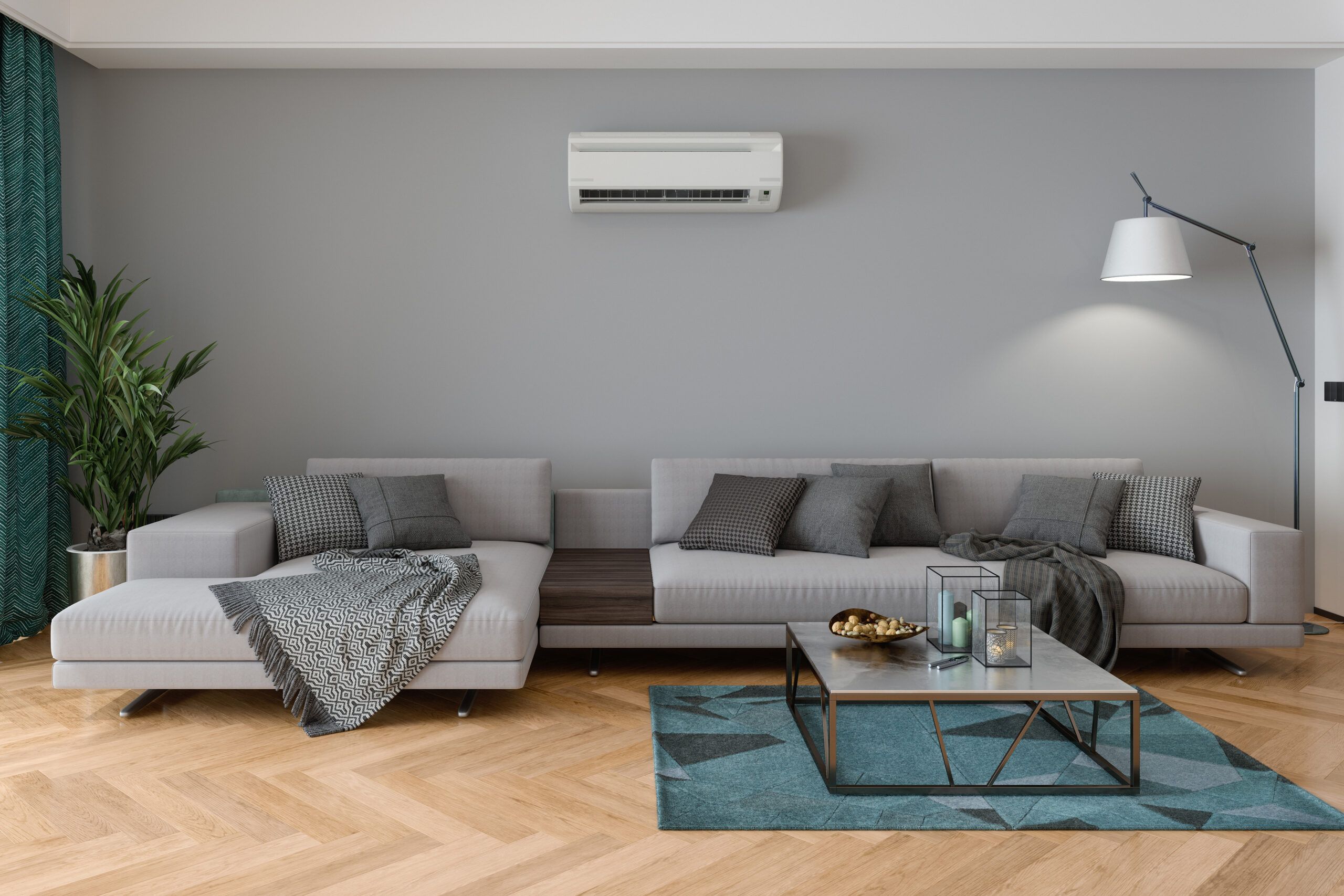Depending on your local climate, air conditioning can be an indispensable component of home comfort, especially during hot summer months. Whether you’re looking to cool a single room or your entire house, understanding how to choose, maintain, and operate your air conditioning system efficiently can save you money and ensure a comfortable living environment. In this comprehensive guide, we’ll share our top 10 air conditioning tips to help you maximize efficiency and keep your cool all season long.
1. Understand How Your Air Conditioner Works
Did you know that air conditioner units don’t actually cool the air? They pull heat out of the air and displace it outside, which has the same effect as cooling the air. To take good care of your system, you should know how it operates. All AC units run on the same principles, and they all have indoor and outdoor components.
First, warm air is drawn into the vents or the indoor unit itself. The air passes over tubes, called evaporator coils, full of liquid refrigerant. This refrigerant draws heat from the air, becoming a gas as it does. This gas is then transferred to the outdoor unit, where it can expel its heat as it passes through the condenser coils. The cooled refrigerant is now ready to return to the indoor unit to pull more heat from the air.
2. Choose the Right Air Conditioner
Make sure you’re using the right type of AC for your space and cooling needs. There are four main types, each with its own benefits and drawbacks.
Central Air Conditioners
The classic central AC unit consists of an indoor air handler and an outdoor condenser unit that typically sits on a concrete pad a few feet from the outside of the house. It’s a forced-air system that requires ductwork to draw in hot air and distribute cool air. Central AC is the most powerful cooling system, and it cools the whole house.
The drawback of this power is the energy it expends—central air will drive up your utility bill substantially. It’s also typically the most expensive to install, especially if your home doesn’t already have ductwork. It can be a necessity in hot climates, but it may just be a resource hog in milder regions.
Window Units
If your cooling needs are more limited, window air conditioner units provide the most bang for your buck. All of its components, both air handler and condenser, are contained within the same casing. They come in multiple sizes to cool rooms of various sizes, and you can usually install them yourself. In terms of your energy bill, they’re fairly economical to run.
Window units must be installed in a window, so you’ll lose the use of that window, and you may need extra structural support for a larger unit. Window units also only cool one room at a time, and they aren’t designed to be moved. You’ll have to be strategic about where you place it.
Portable Air Conditioners

If the single-room cooling power of a window unit sounds appealing but you want more flexibility, portable units with wheels can be moved from one room to another. About the size of a suitcase, they’re easy to store during the cooler months. You’ll still have to connect ventilation tubing to an open window, but the unit isn’t permanently installed in a single room.
These units are heavy, and they take up floor space. They’re also more expensive than window units and are typically less powerful and efficient. The technology for portable ACs has improved in recent years to make them more efficient, but they’re still best for mild to moderate cooling needs.
Ductless Mini-Splits
Ductless mini-splits are similar to a central AC system, but they have multiple air handlers hooked up to one or two outdoor condenser units. Instead of traveling through ductwork, the air is cooled there in the room. Having multiple air handlers means zoned cooling, so you can have more control over the power and efficiency of your system.
However, the air handlers are typically visible, either hung high up on the wall or standing on the floor. Despite the lack of ductwork, they’re expensive to purchase and require professional installation. Over time, though, they’re typically more efficient and less expensive than central AC.
3. Don’t Neglect Air Conditioner Maintenance
It really is that important to change your air filter, particularly during peak usage season. While some services should be left to HVAC professionals, there are a few key air conditioner maintenance tasks you can perform yourself:
- Change or clean air filters as recommended by the manufacturer (usually every 30–90 days).
- Clean the outdoor condenser unit and remove lawn debris.
- Keep all indoor vents clean and unobstructed.
Clean filters and components allow for better airflow, which improves efficiency and indoor air quality.
4. Get Professional Air Conditioner Service When Necessary

Getting an annual HVAC tune-up, typically in the spring, will go a long way toward ensuring the longevity of your system. Here’s what a licensed HVAC professional will do to keep your system at peak efficiency.
- Check refrigerant levels.
- Clean internal components.
- Identify potential issues before they become major problems.
- Inspect electrical connections.
HVAC repair technicians are typically swamped with work in the spring and early summer. Many companies will give priority scheduling to people who have a standing annual appointment, so ask whether this service is available.
5. Learn To Use Your Air Conditioner’s Thermostat
A simple programmable thermostat can save you hundreds of dollars on your utility bills every year—if you program it. Many homeowners don’t take this step, so if you do, you’re already ahead of the game. If not, set your thermostat at its coolest only when you’re home and need conditioned air. When you’re at work or sleeping, allow the temperature to rise a few degrees. You may be surprised how much you can save.
If you’re tech-savvy, consider installing a smart home thermostat, which will learn your schedule and automatically provide the right level of cooling. These systems typically generate detailed usage reports, allowing you to track your energy consumption. You can use this data to make extra efficiency tweaks to your habits.
6. Use Your Ceiling Fan
One way to keep the thermostat in check is to use other, more energy-efficient cooling methods when possible. For example, the U.S. Department of Energy (DoE) estimates that by using ceiling fans along with AC units, you can set the thermostat four degrees higher and experience the same level of comfort. Fans alone don’t cool air, but they circulate it and make the air feel cooler. Remember to turn fans off when leaving a room, as they cool people, not spaces.
7. Troubleshoot Common Air Conditioner Problems

Even with proper air conditioner maintenance, you may encounter issues with your AC. Being able to identify and address common problems can save you time and money.
Identifying Strange Noises or Odors
Unusual noises or odors from your AC can indicate various issues:
- Musty odors may signal mold growth.
- Rattling or buzzing might suggest loose parts.
- Squealing could indicate a belt problem.
If you notice persistent strange noises or odors, it’s best to consult a professional.
Addressing Uneven Cooling Problems
Uneven cooling can be caused by several factors:
- Blocked or closed vents
- Dirty air filters
- Improperly sized AC unit
- Inadequate insulation
Check these potential issues first. If the problem persists, have your system evaluated by a professional.
8. Know When It’s Time To Upgrade Your Air Conditioner
Even the fanciest, most expensive air conditioner will eventually conk out. Consider replacing your AC system in any of the following cases:
- It’s more than 10–15 years old.
- Repairs are becoming frequent and costly.
- The system struggles to maintain comfortable temperatures.
- Your energy bills are steadily increasing.
Upgrading to a more efficient system is costly in the short term, but it can lead to significant energy savings and improved comfort. Modern AC units have energy-efficient features like variable-speed compressors and smart thermostat compatibility to help you save in the long run.
9. Keep Track of the Seasons
Air conditioners are seasonal appliances—unless you live in a scorching climate, you ask a lot from them during the hottest months of the year and then forget about them the rest of the time. In terms of long-term maintenance, it’s important to factor in the season.
Spring Preparation Tips
Before the cooling season begins in the summer, perform the following tasks to ensure your AC is ready for peak performance when temperatures rise:
- Check and clean ductwork if necessary.
- Clear debris from around outdoor units.
- Clean or replace air filters.
- Test the system and schedule professional maintenance if needed.
Winter Storage Best Practices
Proper storage can prevent damage and ensure your AC is ready for the next cooling season. For window and portable units, take the following steps:
- Clean the unit thoroughly.
- Allow it to dry completely.
- Remove batteries from remotes.
- Cover or store the unit in a dry place.
10. Give Your AC Some Help
There are simple adjustments you can make around the house to make your air conditioner more efficient that don’t involve the AC unit itself. Here are some of the DoE’s recommendations:
- Check your insulation, as well as around windows and doors, for air leaks. Seal these with caulk or weatherstripping so warm air can’t get in. If you have a central forced-air system, check your ducts for leaks, too. Up to 30% of a system’s cooling energy is wasted through duct leaks.
- On the hottest days, don’t use indoor appliances that will heat up your home. For example, use a microwave or outdoor grill instead of the oven.
- Run bathroom fans and range hoods when appropriate to remove excess heat and humidity from your home.
- Use window coverings like thermal curtains or cellular shades to block the heat of the sun during peak daylight.
